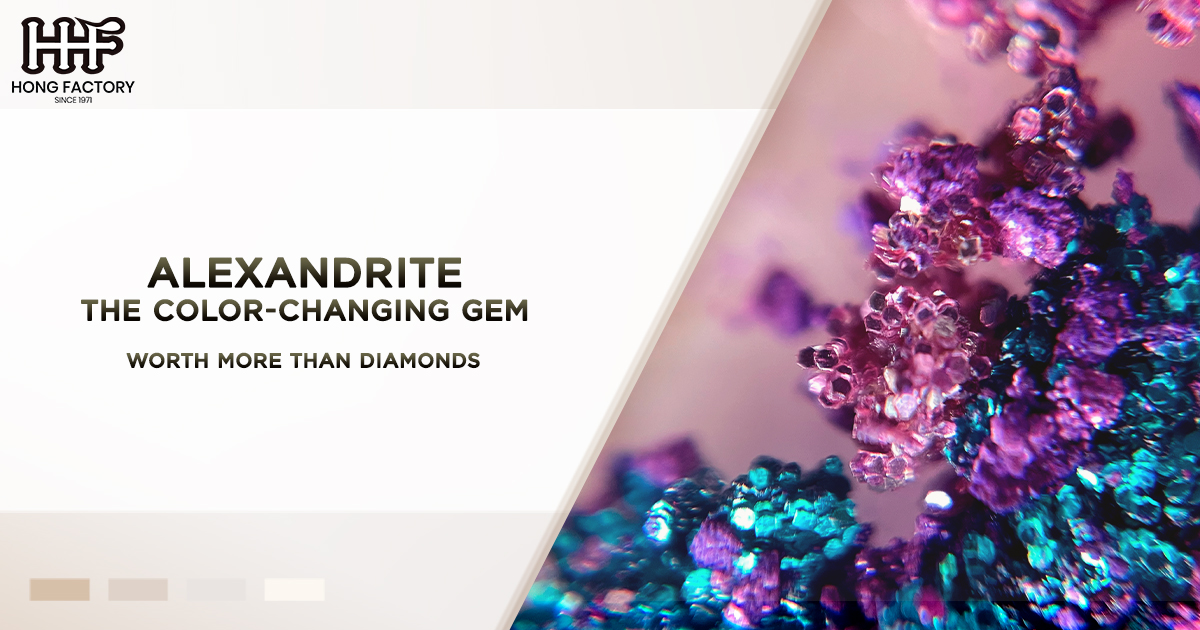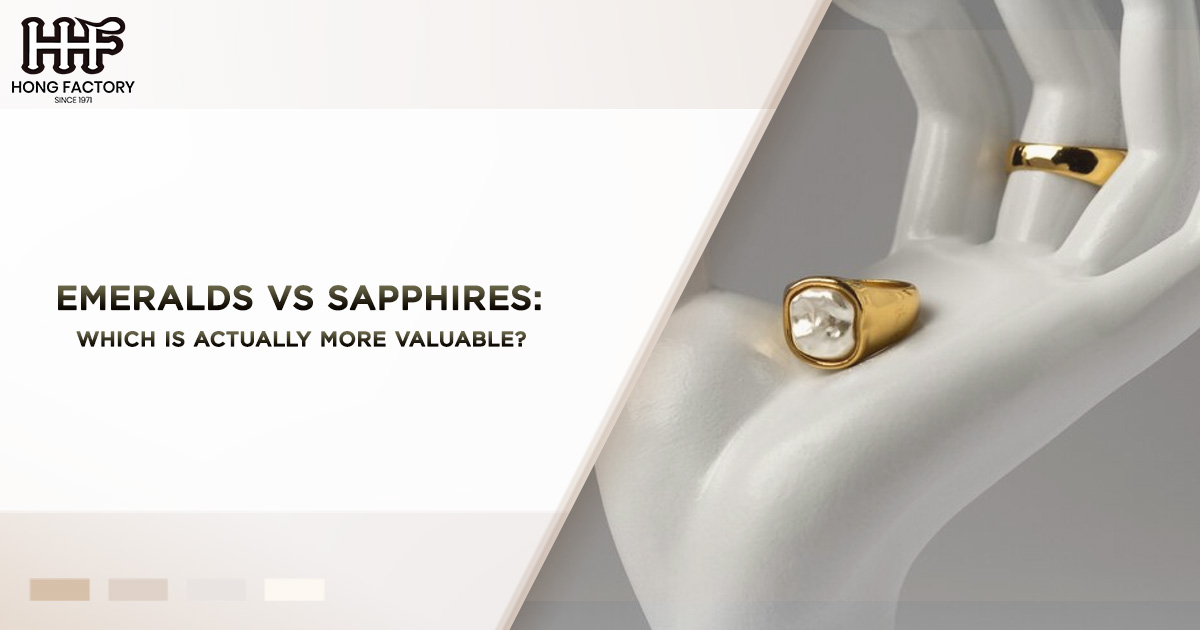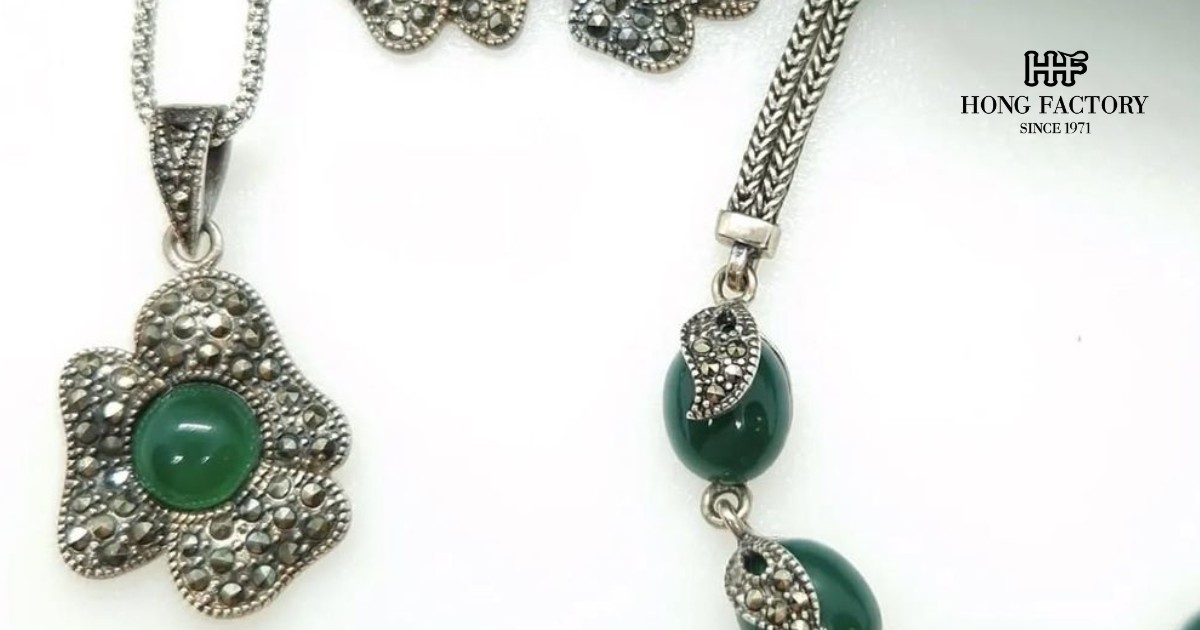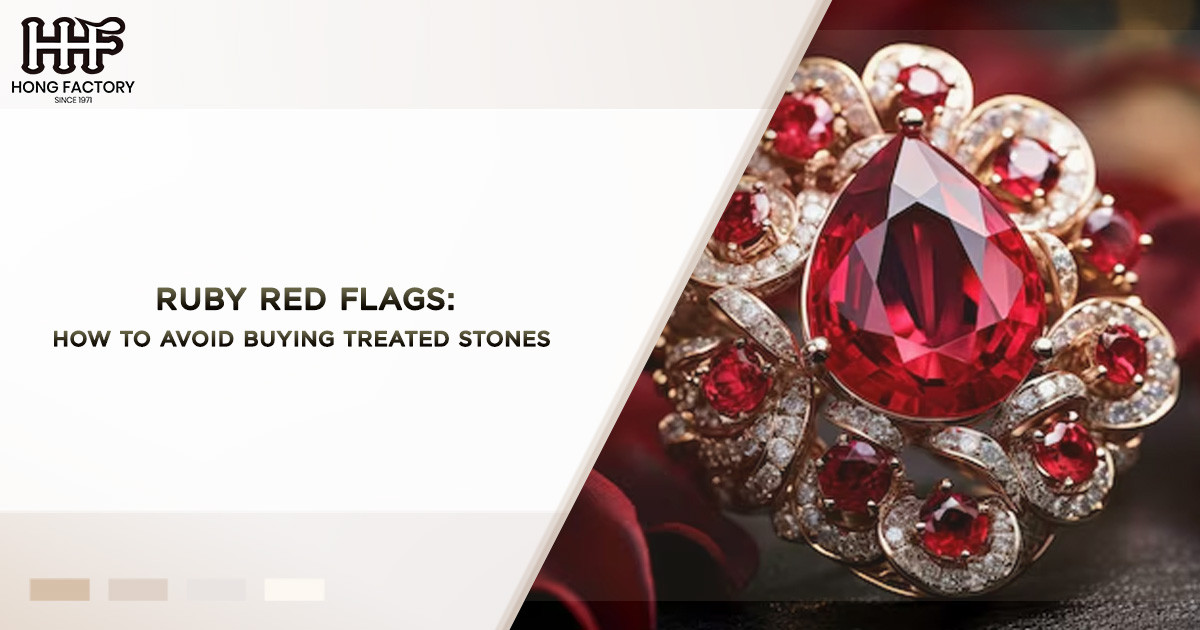Alexandrite is a mesmerizing gemstone that has captured the fascination of collectors, gem enthusiasts, and investors worldwide. Renowned for its extraordinary color-changing property, this rare gem has become one of the most sought-after luxury stones on the market. Not only does its rarity rival that of diamonds, but its unique characteristics make it a true standout in the world of fine jewelry. In this article, we delve deep into why Alexandrite is revered, covering its color properties, value factors, tips for authentication, and its immense investment potential.
Color Properties – A Magical Play of Light
One of the most defining attributes of Alexandrite is its incredible ability to change color depending on the type and quality of light it is exposed to. This optical phenomenon, known as the alexandrite effect, is a rare characteristic that sets it apart from other precious stones.
A Stone of Two Worlds
Alexandrite exhibits a unique duality in color. Under natural daylight or fluorescent lighting, it appears as a rich green or bluish-green hue, reminiscent of lush forests. However, when viewed under warm incandescent or candlelight, its color transforms into a deep, vibrant purplish-red or raspberry shade. This dramatic shift in color has earned Alexandrite the moniker emerald by day, ruby by night.
What Causes the Color Change?
The phenomenon derives from the gem’s unique chemical composition and interaction with light. Alexandrite is a variety of the mineral chrysoberyl and owes its color-changing properties to trace amounts of chromium in its crystal lattice. Chromium absorbs specific wavelengths of light, causing the stone to react differently under varying light sources.
- Daylight : Contains more blue wavelengths, amplifying the green tones in Alexandrite.
- Incandescent Light : Rich in red wavelengths, which shift the gem’s color toward red or reddish-purple.
This rare optical behavior makes Alexandrite one of the most desirable among color change gems, elevating its status in the world of luxury stones.
Value Factors – What Makes Alexandrite a Precious Gem?
The value of Alexandrite is influenced by a variety of factors, ranging from its size and clarity to its origin and color change intensity. Here are the key elements that contribute to its worth and rarity.
1. Color and Color Change Quality
Color is the most critical factor in determining Alexandrite’s value. The most desirable Alexandrites exhibit a dramatic and complete color change between green (in daylight) and red (in incandescent light). Stones with muted or incomplete transitions are considered less valuable.
- Ideal Colors : Bright, saturated green and red hues with strong contrast are the gold standard.
- Lesser Quality : Pale green or washed-out reds reduce the stone’s desirability and market value.
2. Clarity
Unlike diamonds, which are graded for their clarity on a strict scale, Alexandrites are more forgiving of inclusions. However, the clearest gems with minimal flaws are always more valuable. Stones with visible inclusions that disrupt light transmission or the color-change effect are typically less prized.
3. Cut and Carat Weight
Alexandrite is a challenging stone to cut due to its hardness (8.5 on the Mohs scale) and pleochroic properties (it shows different shades depending on the viewing angle). Well-cut Alexandrites showcase their color-changing feature to maximum effect and can command premium prices.
- Carat Weight and Size : Large, high-quality Alexandrites are exceedingly rare. Stones over 1 carat with excellent color and clarity are particularly valuable and can sell for tens of thousands of dollars per carat.
4. Origin
The origin of Alexandrite plays a significant role in its value. The finest Alexandrites were first discovered in the Ural Mountains of Russia in the 1830s. These historical stones are considered the pinnacle of quality due to their vivid color change and exceptional clarity. Modern sources, such as those in Brazil, Sri Lanka, and East Africa, also produce high-quality Alexandrites, but they often lack the saturated hues of their Russian counterparts.
Authentication Tips – How to Identify Genuine Alexandrite

Given its rarity and high value, Alexandrite is a frequent target for imitation and fraud. If you’re considering purchasing an Alexandrite, it’s essential to know how to verify its authenticity. Here are some tips to help you spot the real deal.
1. Examine the Color-Change Effect
The hallmark of Alexandrite is its distinct color-change ability. Test the stone in both daylight and incandescent light to observe the transformation. If the gem does not exhibit a noticeable or vivid color change, it may not be genuine Alexandrite.
- Check for Pleochroism
Alexandrite exhibits pleochroism, meaning it shows different colors from different angles. When tilted, you should see greenish tones in daylight and reddish hues under incandescent light. Synthetic stones or imitations may lack this natural nuance.
3. Request Certification
Always request a certificate of authenticity from a reputable gemological laboratory such as the Gemological Institute of America (GIA) or the American Gem Trade Association (AGTA). Certified stones are graded for their origin, color-change properties, and overall quality.
4. Beware of Simulants
Many synthetic or fake stones, like colored cubic zirconia or synthetic corundum, are designed to mimic Alexandrite. Some cheaper imitations may even use glass. Genuine Alexandrite is rare, and stones being sold at suspiciously low prices are likely to be synthetic.
5. Consult a Gemologist
When in doubt, have the stone assessed by a professional gemologist. They can use advanced tools such as spectroscopes and microscopes to confirm the authenticity of the gem.
Investment Potential – A Rare Gem with Exceptional Returns
Alexandrite is not just a collector’s gem; it is also an attractive investment option due to its rarity, demand, and historical significance. Here’s why investing in Alexandrite makes financial sense.
1. Rarity Equals High Demand
As one of the rarest gems in the world, Alexandrite commands a premium in the luxury market. Its scarcity ensures that well-maintained stones will hold or even increase in value over time. Unlike diamonds, whose supply is artificially controlled, Alexandrite’s natural rarity makes it genuinely scarce.
2. Growing Popularity Among Investors
In recent years, sophisticated investors and collectors have started to view rare gems, including Alexandrite, as alternative assets. These stones offer portfolio diversification and are less susceptible to economic fluctuations.
- Historical Stones : Alexandrites from Russia’s Ural Mountains are highly prized and tend to fetch the highest prices at auctions.
- Modern Sources : Brazilian and Sri Lankan Alexandrites are also valuable, particularly if they exhibit strong color change.
3. Resale Value
High-quality Alexandrites consistently achieve excellent resale prices in secondary markets, including auctions and private sales. Rare large stones with impeccable color change and clarity often sell for higher prices than diamonds of comparable size.
4. Long-Term Appreciation
As natural resources continue to deplete, the supply of Alexandrite is likely to diminish further. This scarcity, combined with its breathtaking beauty, ensures that Alexandrite will continue gaining value, making it a smart long-term investment.
Conclusion – A Treasure Beyond Diamonds
Alexandrite stands apart as one of the most extraordinary rare gems in the world, with its breathtaking color-change property and unparalleled scarcity. From its rich green hues in daylight to its striking reddish tones under incandescent light, this luxury stone is a true marvel of nature. Its rarity, coupled with strong demand, makes it not only a collector’s dream but also a strategic investment option.
Whether you’re an avid gem enthusiast or looking to diversify your investment portfolio, Alexandrite represents an opportunity to own a piece of unmatched beauty and value. Remember to verify its authenticity and quality through trusted gemological sources to ensure you’re acquiring a genuine Alexandrite. In a world of precious stones, Alexandrite shines as a timeless and irreplaceable gem, often worth far more than diamonds.



